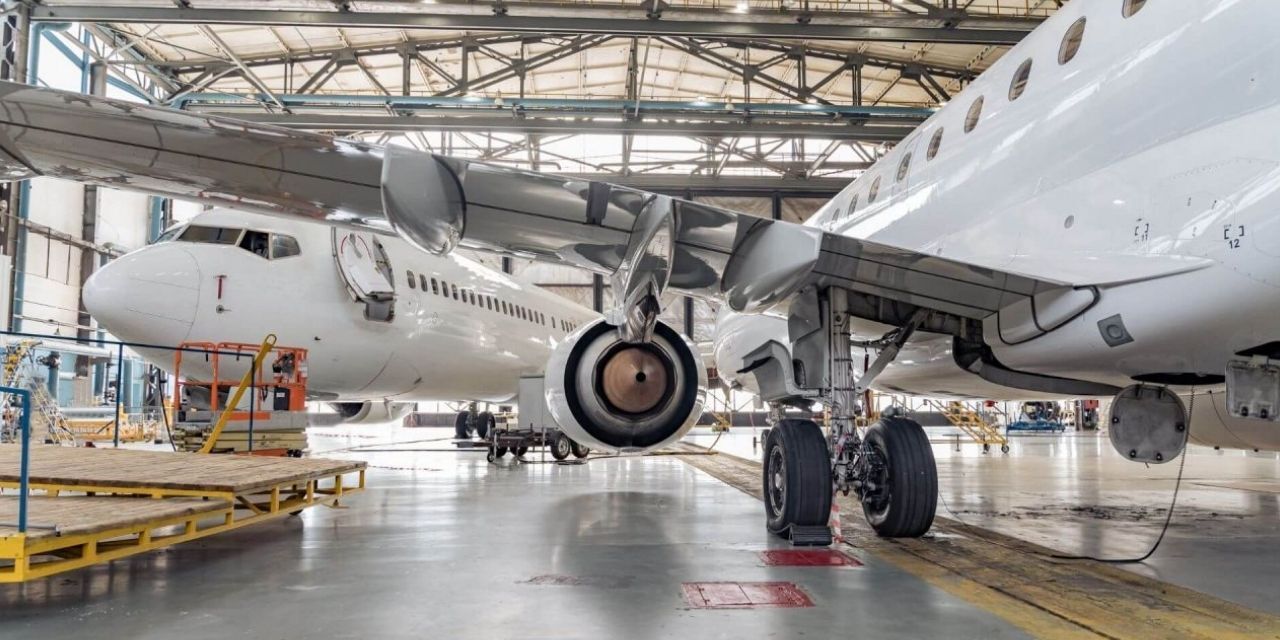A study from Owl Labs shows that the number of global workers doing their work from home, at least part of the time, has risen 140% since 2005. Of course, the pandemic drove a lot of this shift to remote workplaces, but many of these workers want to continue working remotely (even if their employers prefer they come back to the office).
The pandemic forced companies to integrate remote work into their business operations, but it also presented a challenge, particularly for human resources teams in international companies: how to maintain a company culture when employees aren’t working side by side.
There are a large number of digital tools and platforms that make remote work and training more seamless. However, they only work if they’re accessible to all employees, no matter what language they speak, and if they’re adapted to employees’ local customs.
Why Should You Localize Employee Communications?
Localizing your content means adapting it to the language and culture of the target audience. International companies often focus on translating and adapting communications for their clients, such as websites, product catalogs, marketing materials, and videos. However, it’s just as important to localize content for internal audiences, e.g. employees.
Good communication makes it possible to improve project management, promote your company’s culture, and circulate information that helps your teams operate more effectively. One of the first steps to good communication is communicating in the language(s) your employees prefer.
It’s tempting to assume that you can write all your employee communications in English. This may be fine for short chats that arise during the day, but it may make it more difficult for some employees to fully comprehend essential corporate communications and policies, including labor laws, safety rules, training modules or best practices.
Not all your employees are fluent in English, so delivering all your communications in the language could lead to misunderstandings or more serious consequences. By adapting your content to local languages and standards, you ensure all your teams have equal access to important information. This will strengthen overall employee engagement and compliance.



















































